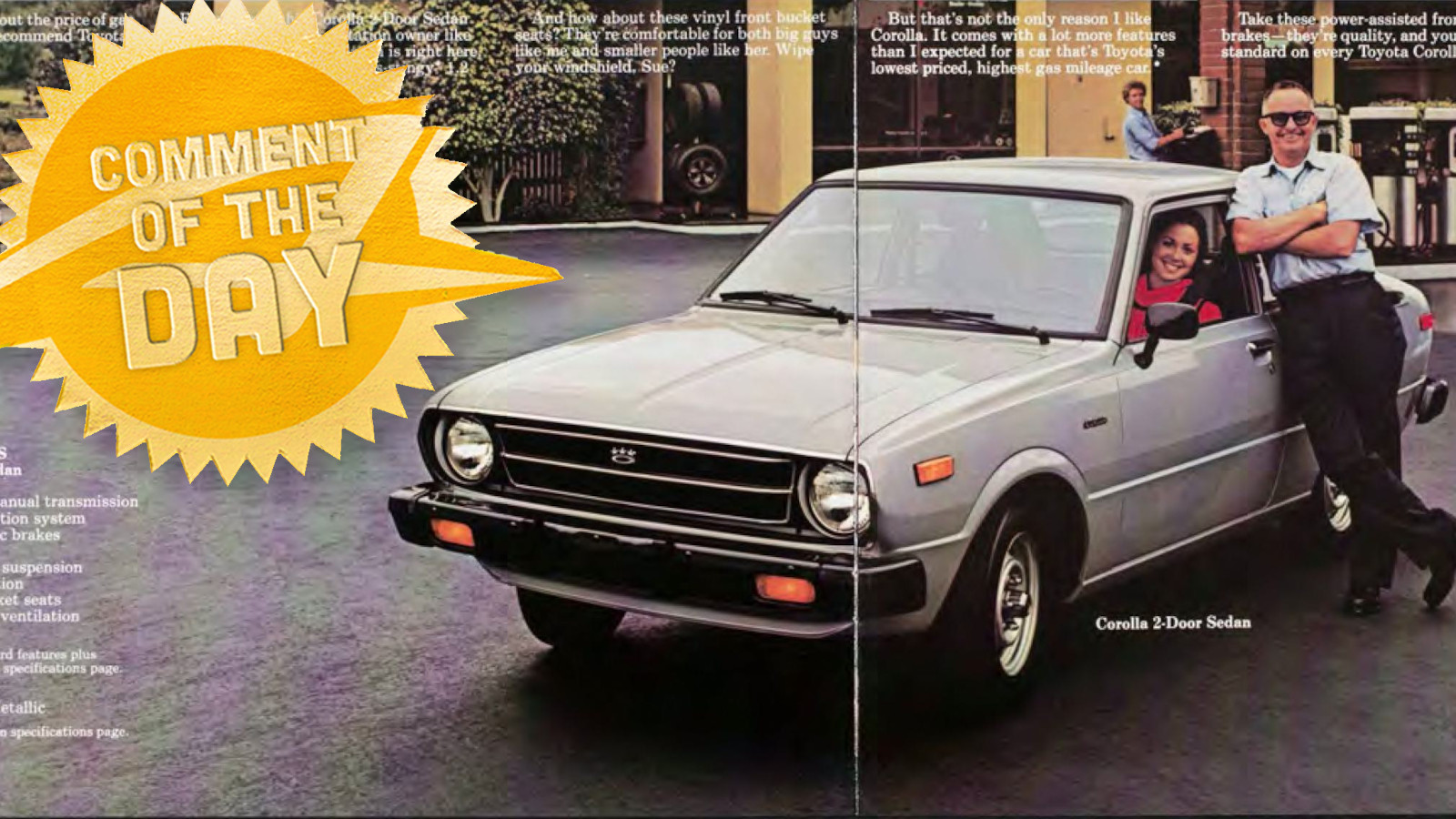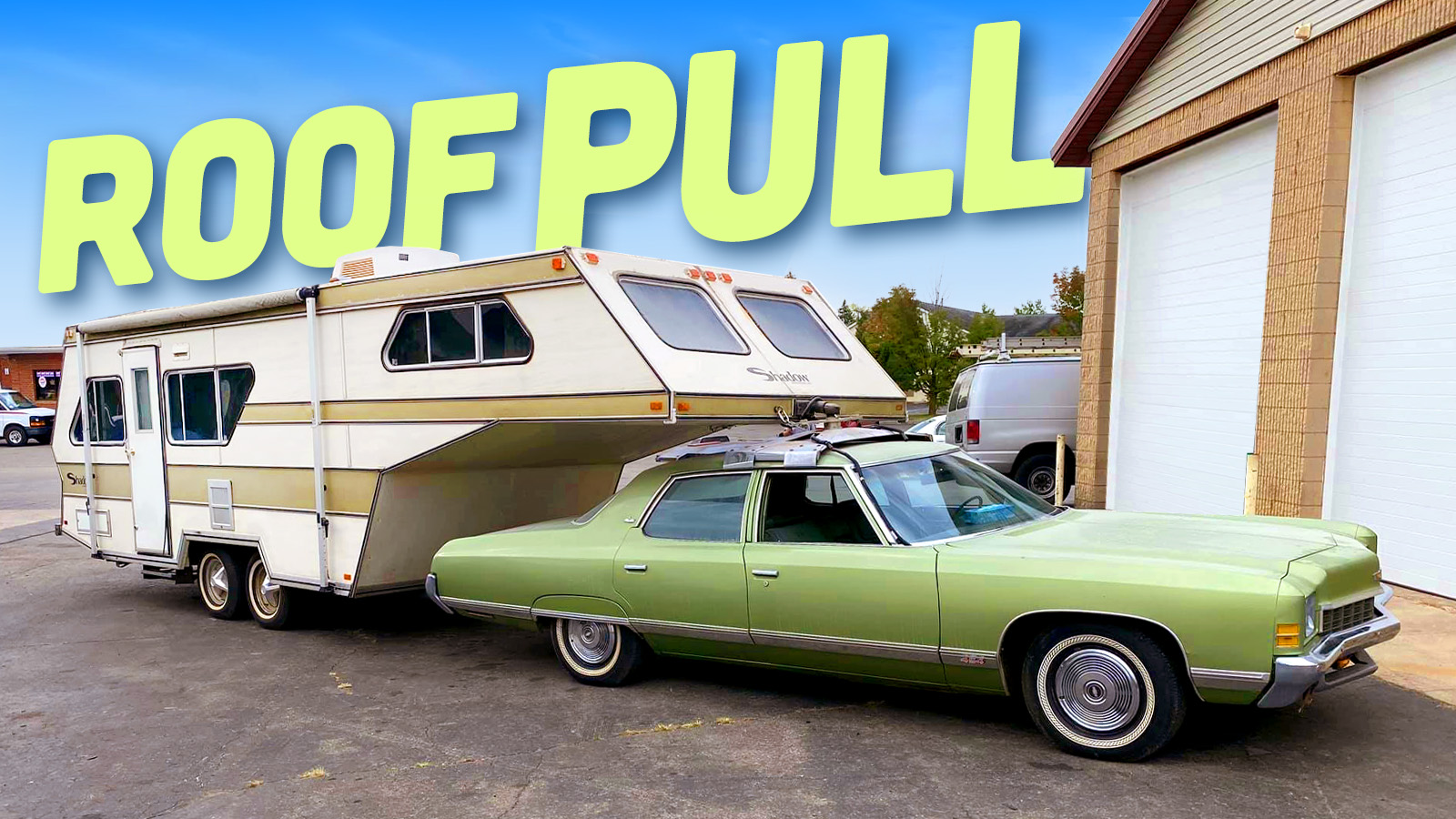The Mazda CX-5 has long been an American sales hero for the underdog brand from Japan. The pressure is now on for the debut of the new 2026 Mazda CX-5. It needs to up the ante to stay with the times, and Mazda appears to have done just that. All except for one critical area, in which it’s bucking the current trend.
The headline is that the all-new CX-5 is bigger than the outgoing generation. It’s a full 4.5 inches longer than before, and half an inch wider, but with good reason. Mazda has sought to offer a more comfortable SUV that’s easier to live with every day, with the company eager to highlight the larger door openings. Ingress and egress weren’t the easiest on the old model, and that was a key factor to rectify for what is fundamentally a practical family vehicle. The cargo area is larger, too, with the rear area also given a lower lift-in height for ease of loading.
While it’s an all-new design, the car is still instantly recognizable as a Mazda. It follows the latest trends in the brand’s Kodo design language, while hallmarks like the grille shape and the rich red paint can be traced back well beyond a decade at this point. There are touches that keep it moving with the times. Most notably, the sleek modern lighting design up front, and the “MAZDA” wordmark badge on the rear. It’s become a bit of a trope at this point, something multiple brands have arguably nabbed straight off of Range Rover.

As far as powertrains go, the basic engine will carry over from last year’s model. The SkyActiv-G engine is a naturally aspirated 2.5-liter inline-four good for 187 horsepower and 185 pound-feet of torque. It drives all four wheels via a six-speed automatic transmission—almost an anachronism in a world where 9- and 10-speeds are increasingly common.
However, a hybrid is also on the horizon. In 2027, Mazda will introduce the SkyActiv-Z, which we’re told “will feature Mazda Hybrid System technology to offer a higher level of performance and fuel efficiency along with the engaging drive that our customers expect.” That sentence offers a whole lot of fluff but very little information; Mazda’s press release declines to give us any specifications on the pending electrified drivetrain.


In any case, the hybrid will likely be key to the CX-5’s future fortunes. Electrified models are becoming increasingly important in the SUV and crossover sectors. As an indicator, a full 50% of Toyota RAV4 sales in 2024 were hybrid or PHEV models. It tells us that customers are voting with their feet when it comes to drivetrain technology and fuel economy.
Inside, the CX-5 has increased room for rear passengers, particularly regarding leg, knee, and headroom. There’s also ambient lighting to provide that modern tech-luxury feel that has become so popular of late. Mazda has also given the CX-5 a new available 15.6-inch infotainment screen, the largest it has ever fitted to a production vehicle. It’s integrated with Google’s in-car services, including the tech company’s Gemini AI assistant.


In one critical area, though, Mazda has gone against the times. Where automakers like Volkswagen and Ferrari are rushing to put real buttons back in their cars, the Japanese automaker has gone the other way. There are no buttons on the dashboard for things like the radio or HVAC system. You don’t even get a volume knob. Instead, everything is controlled via the touchscreen. A small respite is that the buttons on the steering wheel, at least, are indeed proper physical controls.
Price is yet to be revealed, though Mazda has always been generally in the ballpark of its rivals in this regard. Expect the new CX-5 to remain competitively priced with the Honda CR-V and Toyota RAV-4, as was the previous generation, with a small price premium to be paid for the pending hybrid version.

Mazda has done an able job redesigning its family SUV for today’s market. Critically, the brand listened to customer feedback and put in the work to rectify the most obvious pain points—namely, space in the cabin, and how easy it was to get in and out of the thing. Beyond that, the other changes are more subtle, with visual tweaks and interior upgrades to keep up with the times.
The CX-5 has long proven popular, even if it hasn’t dominated the segment. Sans a total revolution, it’s unlikely to topple the Toyota RAV4 or Honda CR-V. However, Mazda will be hoping the all-new 2026 model will see the CX-5 surge back into strong six-figure sales as customers respond to the crossover that’s bigger and better than before.
Top graphic image: Mazda









I watched a few more videos about the new CX-5, and while specs/trims for U.S. sales aren’t nailed down, what I’ve seen so far isn’t great.
Far fewer buttons, a much bigger screen, interior materials harder/cheaper. Glossy black surfaces inside and on exterior trim. Also, they’ve deleted the Mazda logo in favor of just the word “MAZDA” inside and out.
On the other hand, it’s a couple inches longer and a couple taller inside… the backseat doesn’t seem as cramped.
No turbo version… just the naturally aspirated one initially, which is my preference personally, though I know most will want the turbo, which I’m sure will be available later. At least we still get their good 2.5 liter four cylinder engine and the well-matched, real (torque converter) automatic transmission.
Other markets will get a mild hybrid option… we’ll get a full hybrid developed with Toyota but not the mild version. I don’t know if the full hybrid will be something Mazda adds to their 2.5, or perhaps just the full Rav4 hybrid drivetrain as used in Mazda’s CX-50.
Only peripherally related, but I gather that a lot of Mazdas including the CX-5 were sold without the normally standard cylinder deactivation feature in/around 2021 due to supply chain issues. I think these were usually rated as having 1 MPG worse fuel economy than the cylinder deactivation equipped models that were sold before and after the supply chain issue.
I’m given to understand that cylinder deactivation is usually regarded as a bad thing as far as engine longevity goes. Does anyone know if there’s any info about whether the non-CA-equipped Mazdas are actually any more reliable than the CA-equipped ones, or is it too soon/too esoteric for there to be any such analysis?
In fact, if anyone knows of any decent info about the supply-chain-induced gap and when it starts/ends (in terms of VINs or manufacture dates) I’d appreciate it. I’ve been toying with the idea of getting a used CX-5 (or maybe a CX-9) and if there’s any potential downside to having a cylinder deactivation equipped car, I’d like to avoid them. Any statistical/reliability info re: the naturally aspirated vs. turbo 2.5 from Mazda would also be appreciated.
Thanks in advance if anyone knows much about this rather niche subject. 🙂
I just don’t understand why Mazda doesn’t sell the CX-60 here. This new (bigger) CX-5 is within mere inches of that car anyway. They could even call it the CX-5 if they’re worried about continuity.
The CX-60 is a rear driven platform (AWD available) with longitudinal engines. They’re all mild hybrids all the way to a plug-in hybrid with 40 miles of range. Some powertrains are 6 cylinder with 330+hp.
I’m a huge fan of Mazda as a brand and not porting the CX-60 seems like a massive own goal. Instead we get the ancient 2.5 and even more ancient 6 speed? They even got rid of the turbo until the hybrid arrives.